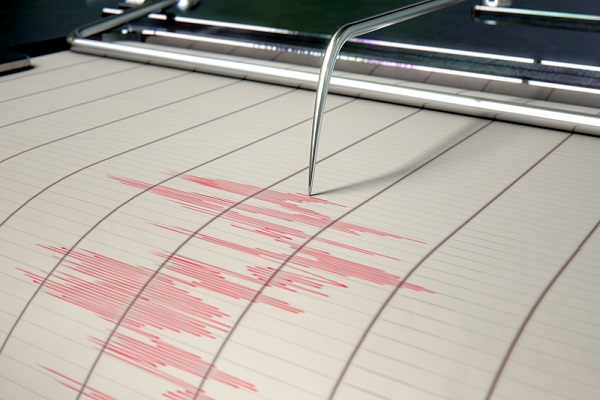


Earthquake risk continues to outpace seismic mitigation efforts in the U.S., according to a 2023 study from the U.S. Geological Survey (USGS) and FEMA. Risk and losses are steadily increasing due to substantial growth in earthquake-prone urban areas; higher contributions of non-structural, content and functional losses; vulnerability of aging building stock; and a wider spread of the economic impact due to increased global supply-chain interdependency.
The total earthquake economic exposure for the U.S. is $107.8 trillion, according to the USGS and FEMA study, of which 29% comes from California, Texas, New York and Florida.
Earthquake risks should be a consideration for everyone, including businesses not directly located on a fault line, says Dianna Nelson, structurer, North America, Swiss Re Corporate Solutions. She says agents should consider recommending earthquake insurance for “any business that has a direct or indirect exposure to earthquake.”
“Do they have contingent business interruption exposure?” she asks. “Maybe their physical location isn’t in an earthquake-prone area, but if a supplier of theirs is, it could cause a loss.”
For coverage, options are available in both the traditional and parametric markets. “For the most part, earthquake is a covered peril in traditional insurance but policies tend to have fairly low sublimits compared to some of the other perils,” Nelson says. “If your client has traditional insurance, do they feel like it’s adequate to cover their exposure or are they in need of potential supplemental coverage?”
“For example, let’s say a client has a policy with an earthquake sublimit of $10 million, but they have $25 million in potential exposure,” she says. “This is an instance when the client may want to seek parametric coverage to supplement the traditional coverage.”
Parametric earthquake coverage uses data from a third-party source to determine the footprint and intensity of an earthquake, “which will determine if a payout will be issued to a client and, if so, how much,” Nelson says. “If a payout is triggered, the client can use that payout to cover any loss related to the triggering event, whether that’s a physical or non-physical damage loss.”
Because parametric insurance focuses on the likelihood of the event occurring, and not the likelihood that actual asset incurs a loss, “we’re more agnostic to the specific characteristics of the underlying assets, such as construction quality or building occupancy type,” Nelson says. “Our focus is the likelihood of ground shaking occurring. So, parametric insurance can be beneficial to a range of commercial clients, with all different sorts of exposure.”
“There’s definitely a need for traditional coverage, but parametric coverage can provide well-rounded coverage should an earthquake happen,” she says. “While on the traditional side, the claims process can take months and even years to settle, depending on the size and complexity of the event, parametric payouts tend to be 30 days or less—typically much less.”
In addition to obtaining insurance, commercial clients can also minimize potential losses from an earthquake with mitigation measures, which could include “implementation of structural protective features or improvements to the physical building,” Nelson adds.
AnneMarie McPherson Spears is IA news editor.